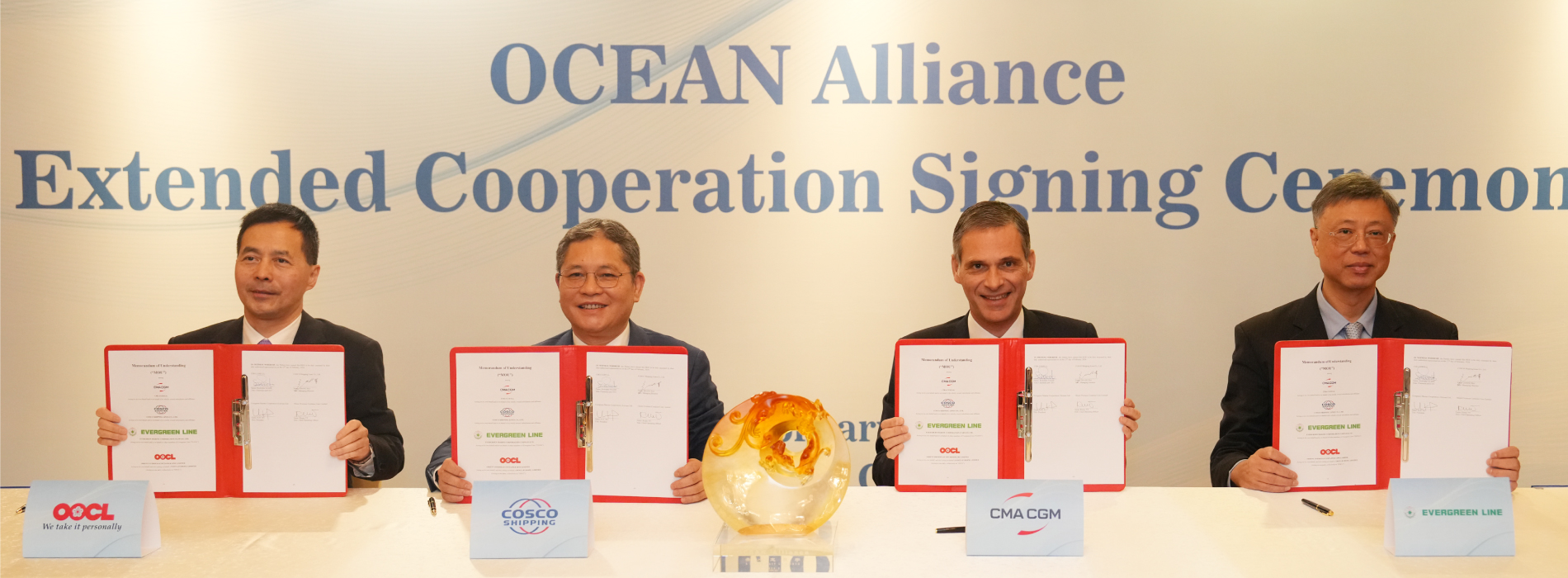Exploring Nuclear Energy in the Maritime Industry

Nuclear power offers a potential zero-emission energy solution for vessels and floating offshore assets. Advanced, modular nuclear reactors could generate significant amounts of energy from a relatively small, portable plug-and-play platform.
Several organizations are actively developing different types of small nuclear systems, including heat pipe reactors (HPR) and molten salt reactors (MSR). A single system could power a vessel or provide energy for alternative fuel production for dozens of years before refueling, replacing it with another reactor. Modularity, design standardization, and operational independence with minimal personnel interaction or maintenance make nuclear energy a potential effective power solution for vessels and offshore installations.
However, the broad adoption of nuclear power could face several challenges and consequences. Regulations on the use and transport of radioactive material will need to change at the local, national and international levels for the use of nuclear energy on commercial assets to be viable. Regulatory bodies would also need to address the increased volume of nuclear waste as more vessels adopt the technology.
Looking Into the Future
As the development of small nuclear energy systems continues and regulations evolve, the potential exists for a portion of the world’s commercial fleet to adopt nuclear power as a zero-emissions energy solution in the future.
While nuclear systems will likely represent high initial costs relative to legacy energy systems, shipowners and operators could quickly experience other savings validating switching. Nuclear-powered vessels will avoid the taxes and fees associated with carbon emissions and the emerging carbon economy. Bunkering service will also be unnecessary for such vessels, eliminating costs, issues and safety risks related to the practice.
Nuclear energy is not entirely new to marine vessels, though it is primarily limited to government and naval ships. However, these vessels use conventional reactors that require special precautions during a lengthy refueling and refitting process. Many small reactors under development aim to make the refueling process as simple as replacing an alkaline battery in a child’s toy.
When a reactor nears the end of its life on board a vessel or offshore asset, a specialist or possibly even an autonomous system could remove the old system and install a new one, minimizing downtime. The responsibility of handling radioactive waste could then be pushed to the operators of a centralized nuclear waste repository rather than the shipowners and operators.
Because nuclear reactors are expected to power ships for 15 to 20 years or more and commercial ships are often outdated or replaced within 30 years, a reactor could outlive the vessel on which it’s installed. Older ships equipped with nuclear systems could find new life by connecting to onshore electricity grids and providing offshore zero-emission energy for several years.
Nuclear power offers the potential to extend the life of aging vessels, free onboard space with optimized arrangements and eliminate emissions, making it a possible game-changing emerging technology for the industry.
This is an excerpt from Technology Trends: Exploring the Future of Maritime Innovation, a broad-reaching report from ABS charting a course for the future of marine and offshore technologies. Read the full publication at https://ww2.eagle.org/en/innovation-and-technology/technology-advancements/abs-tech-trends.html
Note: Article written by American Bureau of Shipping (ABS)

